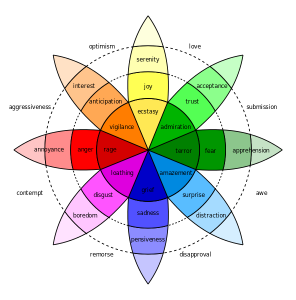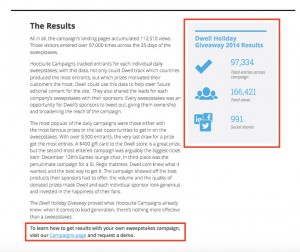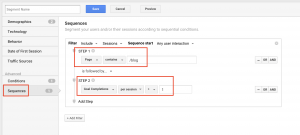— May 3, 2019
It’s no secret that collaboration is vital for a healthy, thriving business. Businesses around the globe are picking up solutions to bring employees together and boost productivity.
Despite the excellent tools available, problems surrounding collaboration tools emerge. Across an organization, employees’ styles and tech preferences vary, and departments tend to stick with their own siloed systems. Although leadership may be encouraging collaboration, standardizing communication becomes complicated when multiple systems are used. Deciphering which tool to utilize for various work scenarios causes confusion, and conversations and data end up spread out over numerous apps.
Haphazard communication leads to misunderstanding and frustration. Organizations need a structured plan for discussions, which is hard to achieve when several channels are open. If your team is fed up with fragmented, complicated collaboration tools, it’s time for a change. A company-wide collaboration platform within a unified digital workplace provides a systematic solution for efficient communication.
Trading chaos for harmony
Collaboration exists at some level in nearly every organization, but its effectiveness varies greatly. UC Berkeley and INSEAD professor Morten Hansen says, “The goal of the collaboration is not collaboration, but better results…you should only collaborate when it is the best way to improve performance.” For collaboration to make a profound, lasting impact in a business, there must be defined processes, roles, and responsibilities. Otherwise, communication and ideas are scattered, excessive time is wasted, and creativity remains untapped.
Teams should be able to discuss projects, share insights, and provide feedback without the distraction of switching between applications. When communication and work happen in the same place, transparency and accountability are built into work habits. User-friendly tools similar to personal tech devices keep employees engaged in their company’s digital workplace rather than grabbing their own isolated, unsecure solutions.
Henry Ford understood the depth of effective collaboration: “Coming together is a beginning, staying together is progress, and working together is a success.” True collaboration is working and communicating together in structured roles where all hierarchical tiers are involved. A 2018 Project Management Institute study revealed the top driver of project success is engaging and collaborating with executive sponsors. A place where work and communication thrive hand-in-hand company-wide enables smooth and seamless engagement.
Benefits of a combined platform
A digital workplace that incorporates a collaboration platform provides greater structure, coordination, and accountability in business processes—three major components for success. Let’s explore some other advantages.
Nothing gets lost
Communication and shared documents are stored in one server on one platform. In a fragmented work environment, an employee may recall a past digital conversation or document that might be useful, but then spend an hour figuring out where it is located. Sometimes ideas and conversations become lost in long email strings or overlooked altogether in an overflowing inbox.
A centralized workplace eliminates such chaos.
Work is centralized
In a fragmented organization, determining which tool to use for communicating questions or ideas can be a guessing game. Do I pose my question in Google Docs where the document is located, in Slack where information is shared, or through company email? A unified workplace brings both work and communication into a central platform instead of scattering it across siloed apps.
More and more executives are beginning to implement business process automation to escalate efficiency, but often automation occurs in a separate, integrated application. However, a digital workplace can include both collaboration and automation modules, further streamlining daily operations for ultimate efficiency.
Improved problem-solving
When you have to find a coworker’s contact information in a separate app, your mind is momentarily distracted, dropping your productivity by up to 40 percent. Multiply the number of times that happens in a day, and it’s easy to see how problem-solving is hindered. Impromptu communication should be effortless to keep work moving along without losing your train of thought. Also, analytics in the automation module provides actionable insights for problem areas.
Reduced turnover
Combining work and the communication surrounding it into the same platform can also lower turnover rates. According to a recent Gallup poll, a communicative and collaborative workplace can reduce turnover by 59 percent. Fulfilled, happy employees are more productive, and hefty corporate turnover costs are reduced. Analysts at Gartner agree, predicting that by 2022, “70 percent of organizations using collaborative work management systems will report their teams are significantly better performing.”
An upbeat environment
A unified platform provides a medium to immediately recognize employees for a job well done, in front of all their peers—an incentive for other coworkers to kick it up a notch and for those awarded to keep up the good work. A unified platform can feed a positive, encouraging work environment for both in-office and remote workers without creating excessive distractions.
Seventy percent of employees find their communications volume challenging, so chances are the majority of your employees are ready to ditch fragmented communication for a single platform. Sharing the benefits of having work and conversations about work in the same place can help get the rest on board. Less disruption and frustration? Yes, please!
Business & Finance Articles on Business 2 Community
(48)







